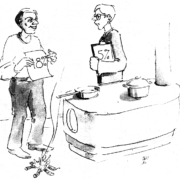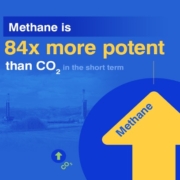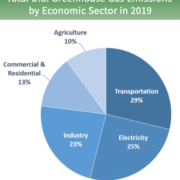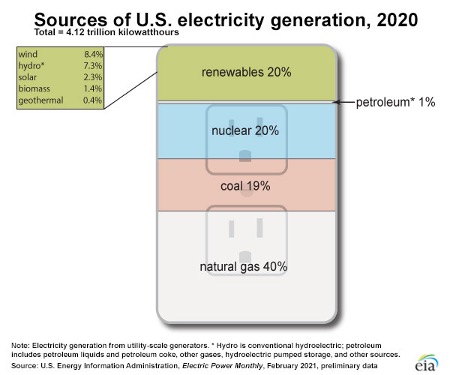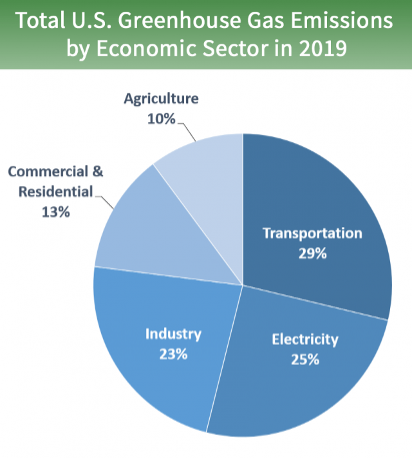Ethanol or Direct Burning for Heating Applications?
The direct burning of biomass seems to be dramatically more efficient compared to ethanol for applications such as home heating, cooking, heating water, or drying clothes. It makes sense that not having to create alcohol from biomass would save energy. When the use of natural gas is decreased (due to climate change), burning biomass for heating seems like a fuel-efficient option that could reduce the extra burdens on electricity.
One of my favorite reference books is “The Energy Primer” published in 1974. It has comprehensive review articles on solar, wind, water, and biomass energy. The following chart comes from a great article on biomass written by Richard Merrill. It shows that when renewable biomass is combusted, the efficiencies are much higher compared to making alcohol from biomass and then burning it.
The very clean burning of biomass allows efficient heating applications.





